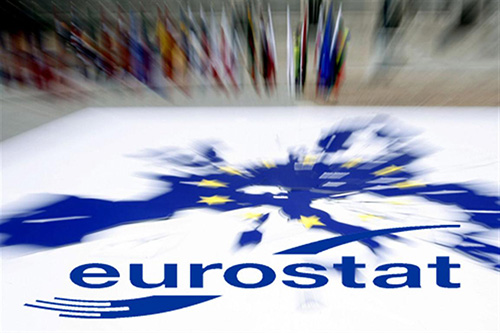Figures published by Eurostat earlier today show that Malta decreased the percentage of individuals not in employment, education or training (NEETs), from 10.9% in 2006 to 9.8% in 2015. This places Malta with the sixth lowest percentage of NEETs in the European Union.
The average rate of NEETs has increased within the European Union – in light of the difficult economic environment across Europe in the last eight years – but Malta has managed to lower its rate. This has to be seen within the context that the youth unemployment rate in Malta is the lowest one in Europe. The figures show that Malta’s neighbours, primarily Italy, Greece and Spain, have the highest increases of NEETs showing that Malta has managed to continue its path towards a higher rate of young people in education despite the economic upheaval in Europe.
The best performer in Europe on this front has been Germany – down to 9.3% in 2015 from the 15.2% in 2006. Over the past fifteen years Germany has worked hard on offering vocational, technical and hands-on educational experiences at secondary level and beyond, and these have delivered excellent results.
Eurostat figures for Malta also show that the percentage of individuals exclusively in education has increased from 19.1% to 24.5%. On the other hand, the figures of those exclusively in employment has decreased from 62.9% in 2006 to 53.9% in 2015. This means that more young people aged 20-24 are opting to continue their education (exclusively) rather than find a job.
Over the past three years, the Youth Guarantee has helped young people find employment and improve their skills. The introduction of vocational education in compulsory schooling, through the Alternative Learning Programme (ALP) and the vocational SEC pathway, has also engaged more students with different abilities and learning aptitudes and has helped them find the right fit to suit them. Revision Classes, the introduction of the Gem16+ programme, investment in classroom technology, and the adoption of different learning approaches such as the subject proficiency assessment (SPA), and many other initiatives have also helped on this front. The diversification of programmes on offer at post-secondary schools, including the Giovanni Curmi Higher Secondary School, as well as the further development of vocational courses at MCAST and ITS have helped enormously to lure young people towards further and higher education rather than going directly into employment.
The Ministry is adamant that these improvements are crucial to keep making education relevant for young people by offering them different alternatives. The Ministry will continue working and proposing measures aimed at changing the one-size-fits-all model of the past into a wider and more stimulating educational experience.










